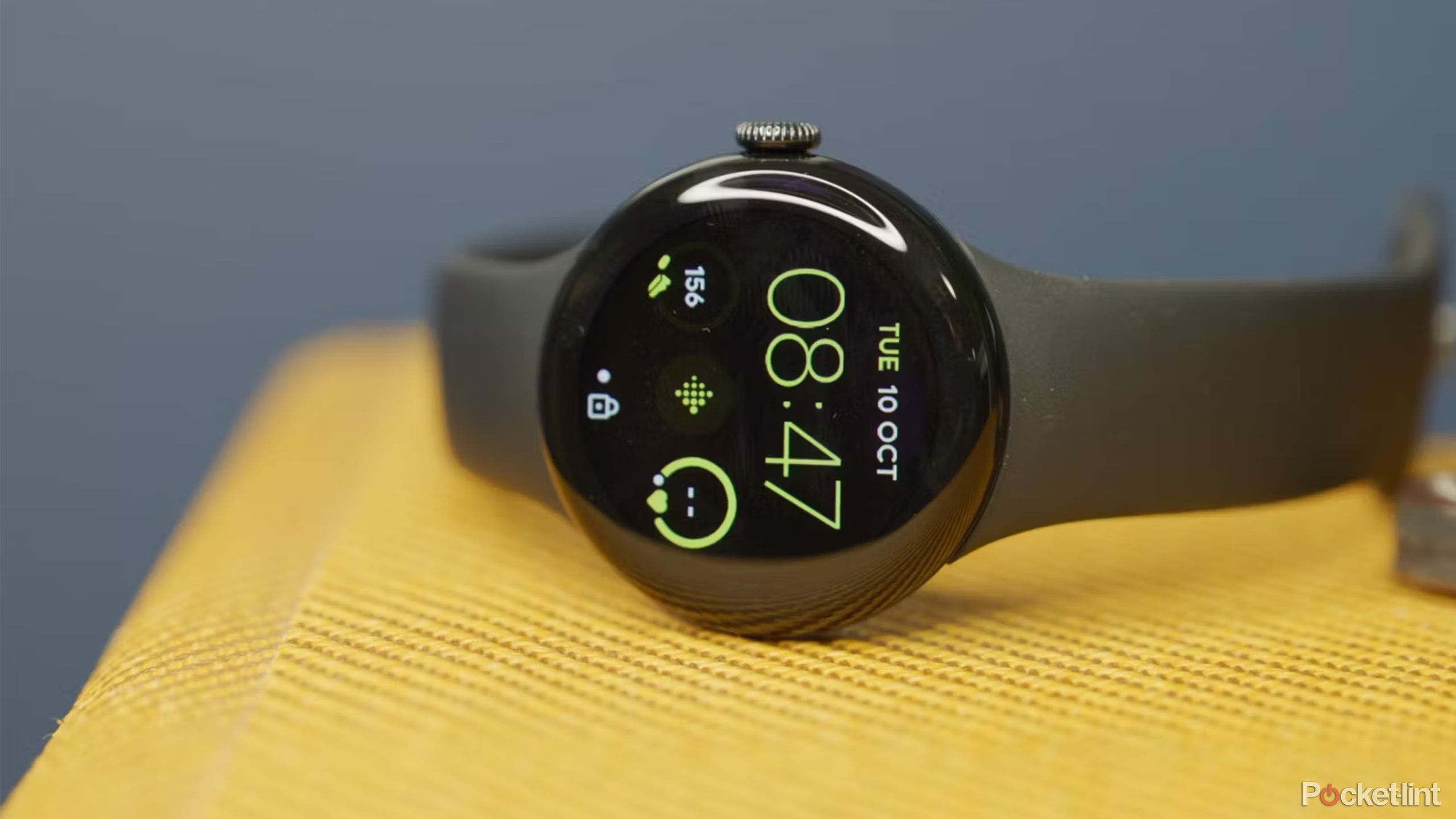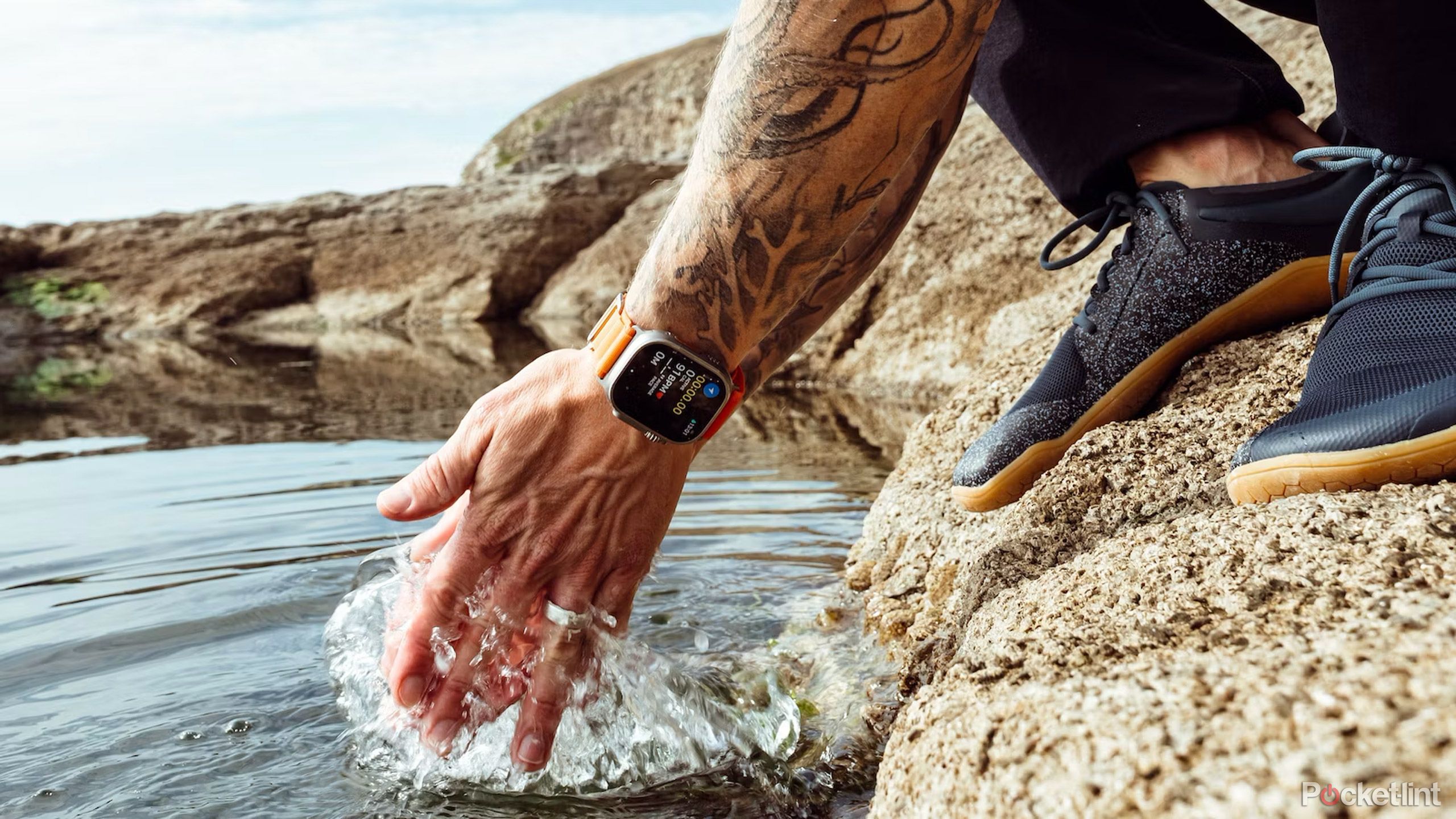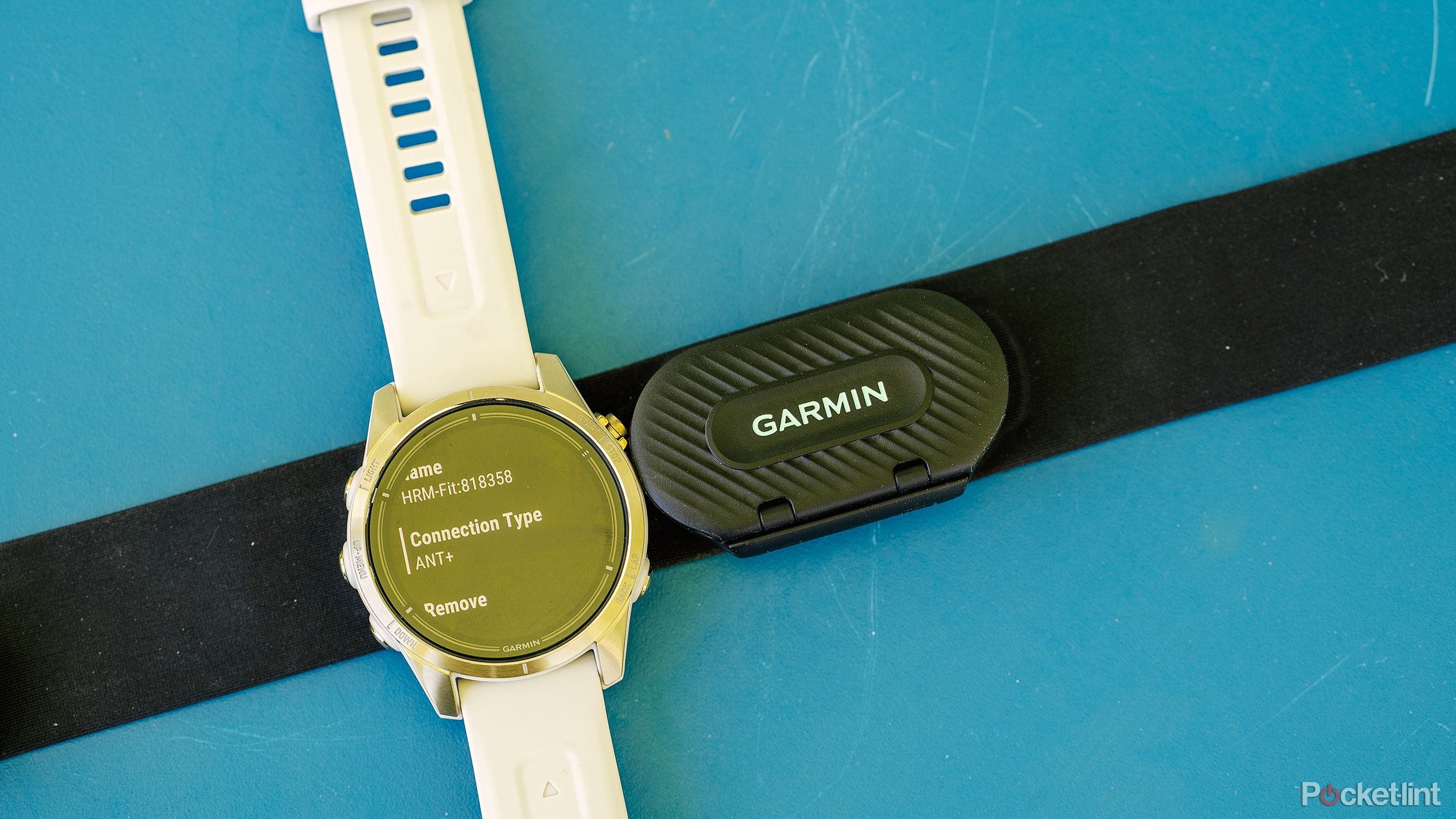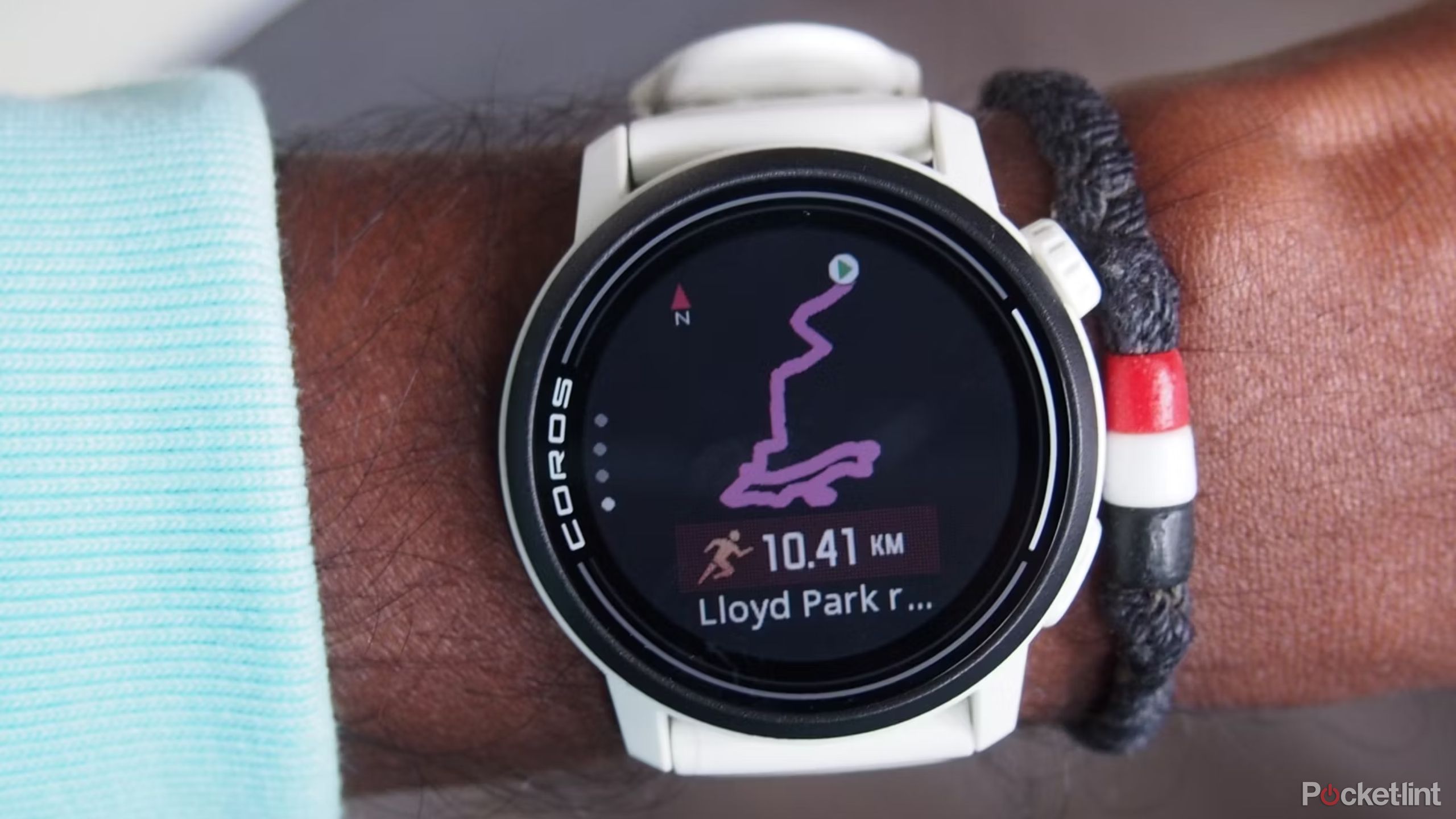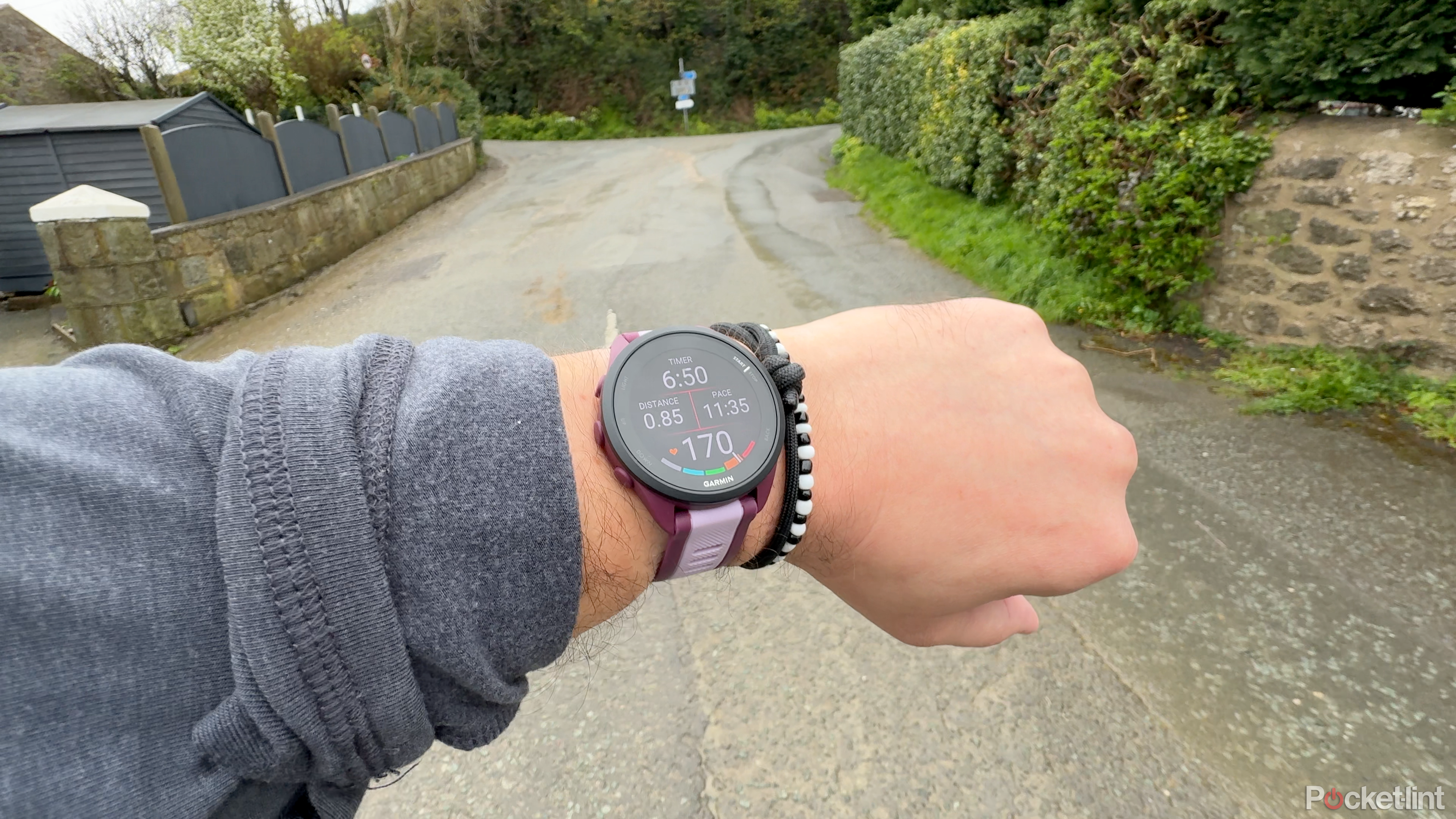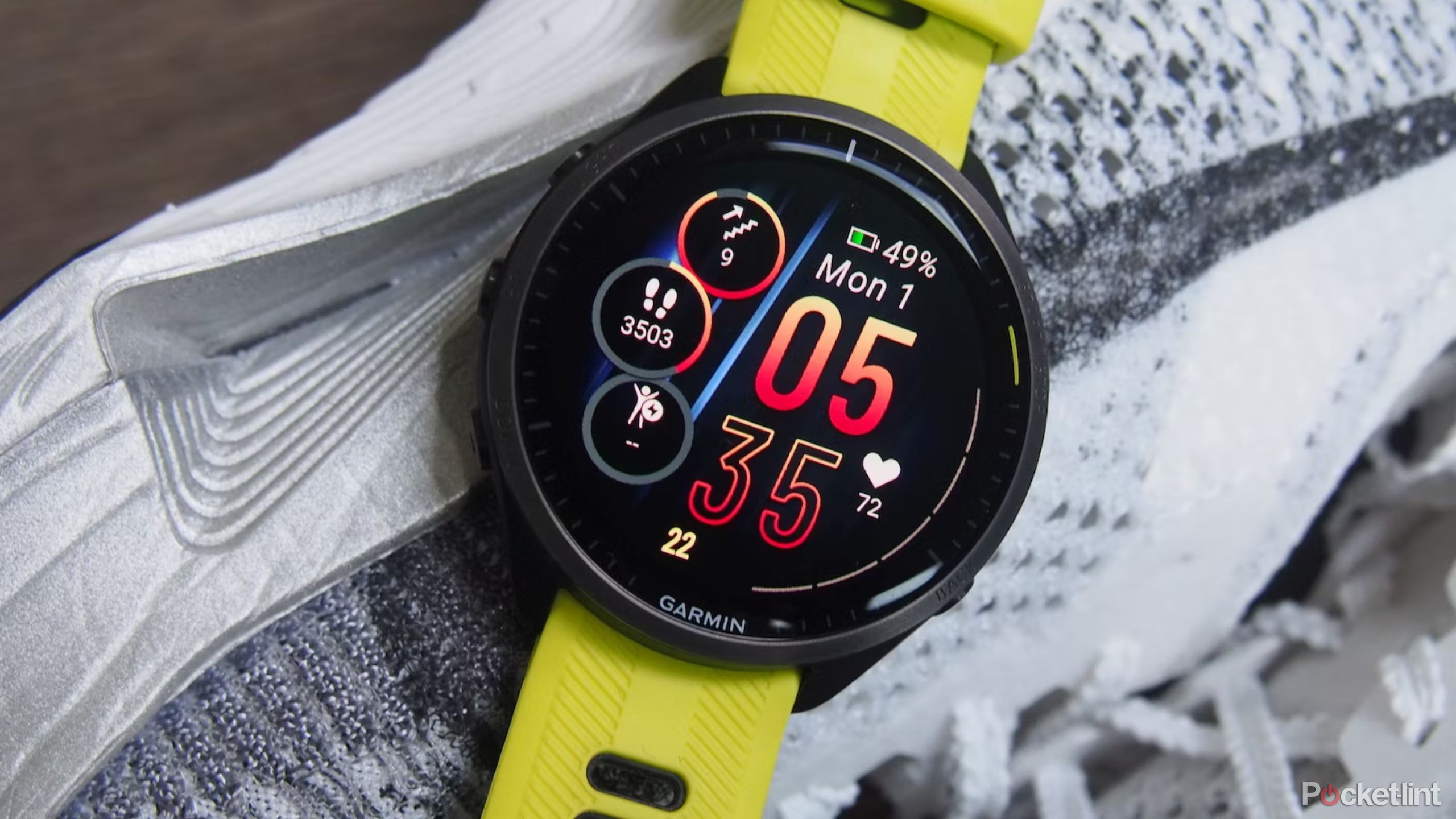Main points
- Compatibility, durability and water resistance are fundamental issues.
- You’ll need an accurate heart rate sensor and possibly a GPS.
- The ideal device has features like a blood oxygen sensor and readiness and recovery scoring.
Diving into fitness techniques can sometimes be as intimidating as adopting a healthy lifestyle. Smartwatches and other fitness trackers range in price from under $50 to over $1,000, and it’s not always clear what you’ll get by spending the extra cash. Thankfully, my real-world experience lifting and running has taught me which features are truly useful and which are just nice perks.
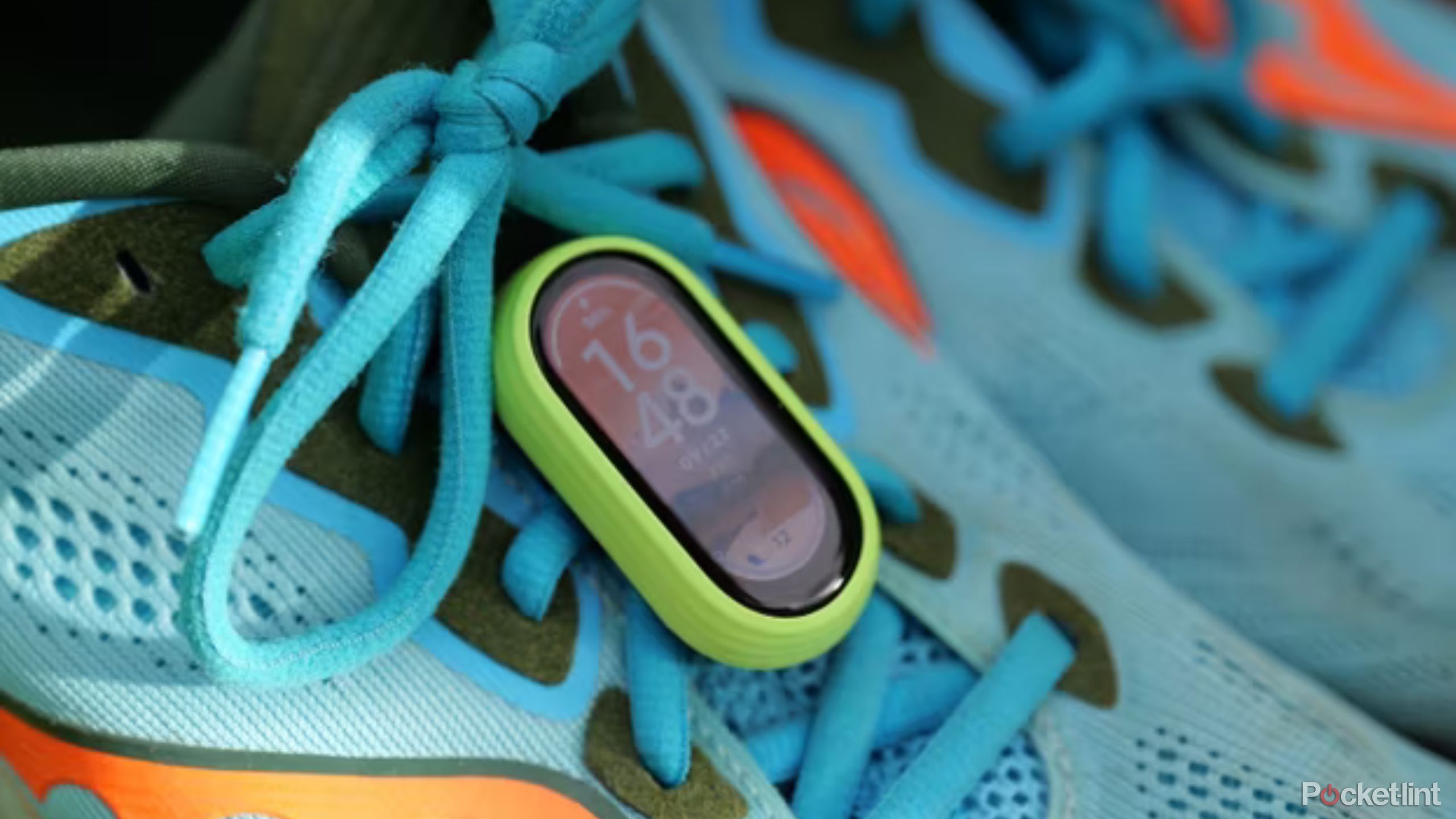
Best Budget Fitness Trackers: Expert Tests and Reviews
Want to upgrade or start your fitness routine? These fitness trackers offer premium performance at an affordable price.
1 Fitness tracker device compatibility
Your phone determines your choice
Any fitness tracker worth buying these days will pair with a smartphone, primarily for settings but also for syncing things like music and notifications. In this regard, checking compatibility is absolutely necessary – while devices like Garmin and Polar watches are compatible with iPhone and Android, you can’t use an Apple Watch with an Android phone, or a Google Pixel Watch with an iPhone.
If you want the freedom to switch brands at will, you’re better off opting for a multi-platform tracker, even if it means sacrificing deeper platform integration. You’ll still receive all the notifications and fitness data you want.
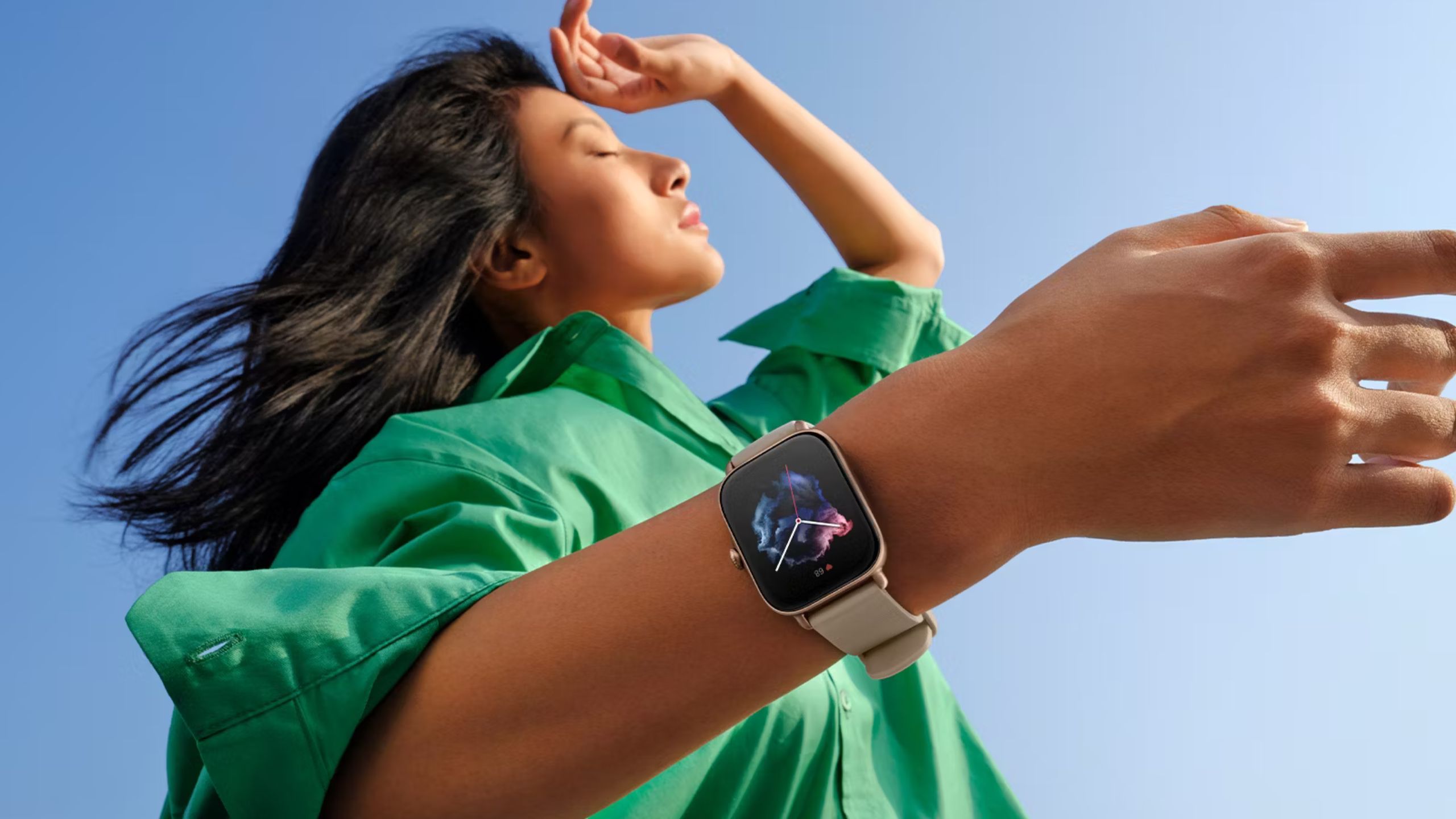
Best Amazfit Smartwatches: Affordable Fitness Trackers
Amazfit makes powerful yet affordable wearables designed for business, fitness, and fashion.
2 Fitness Tracker Durability and Water Resistance
Choose a product that’s tough enough for your activity
One of the main differences between cheap trackers and expensive trackers is their sturdiness. Cheaper models are made mostly of plastic, which may be enough for running around the neighborhood, but not suitable for hiking in the wilderness or banging on barbells and other fitness equipment. High-end trackers tend to use a lot of aluminum, titanium, or steel, and may also use sapphire instead of regular glass to prevent scratches and cracks. If you engage in activities such as rock climbing or mountain biking, you should stick to the hardest materials available.
If you want the freedom to switch brands at will, you’re better off opting for a multi-platform tracker, even if it means sacrificing deeper platform integration.
Water resistance is always a must, although how much you need it depends on your lifestyle. If you’re only worried about getting caught in the rain, an IP54-rated product will suffice. If you want to go swimming, you should ask for something with a true waterproof rating. For example, the Apple Watch Series 9 supports swimming to a depth of 50 meters (approximately 165 feet), while the Garmin Epix Pro has a 10ATM rating, which means it can handle dives up to 100 meters (approximately 330 feet). Do not attempt to dive with a tracker that is not specifically supported as depth pressure may damage your device.
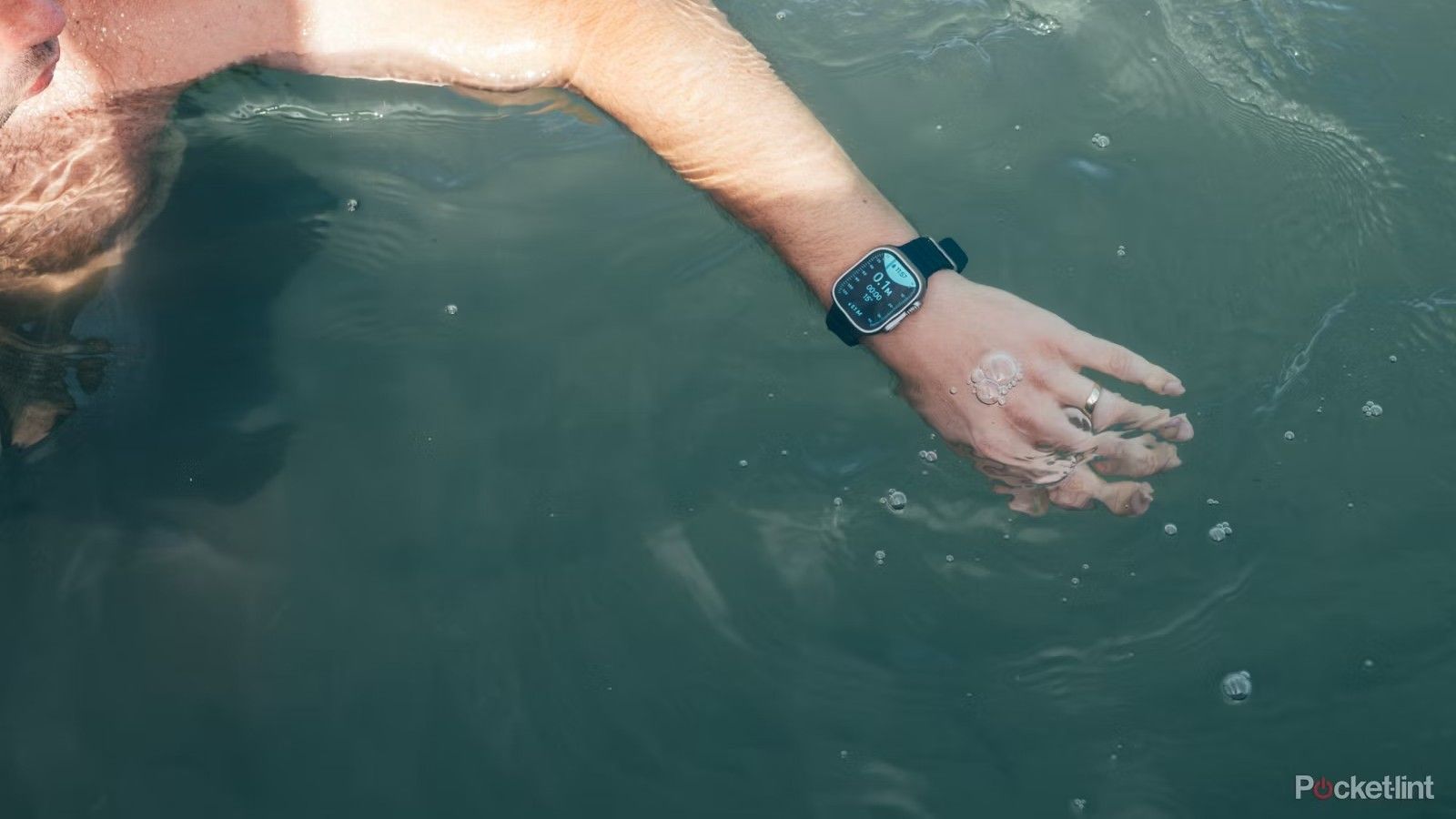
Best smartwatches for swimming: Track laps without worrying about water damage
These wearables will track metrics such as swim distance, pace, stroke count, SWOLF and underwater heart rate.
3 fitness tracker heart rate sensor
The foundation of all modern trackers
While early fitness trackers were focused on exercise—the obsession with “step counting” was one result—the most important sensor on any modern wearable device is its heart rate (HR) sensor. This provides a measure of your activity intensity and a rough estimate of calorie burn. The former is sometimes divided into “zones,” which only really matters during cardio-focused workouts, but the latter can help you gain weight or gain weight if you pair it with a calorie-counting app like Cronometer or MyFitnessPal Lose weight. You need a calorie surplus to gain weight and a calorie deficit to reduce.
Some devices, such as the recent Apple Watch and Fitbit, can also monitor for signs of atrial fibrillation (AFib), an irregular heartbeat. If you receive an AFib warning, contact your doctor immediately—false alarms are possible, but some people have legitimately saved their lives through early detection.
Related to HR technology is ECG/EKG (electrocardiogram) sensing, but I mention it here just to show you that you can safely ignore it. With some products, this is the only way to check AFib, but you can only perform an EKG reading by sitting still and holding two fingers. You may have AFib but not notice it during an EKG.
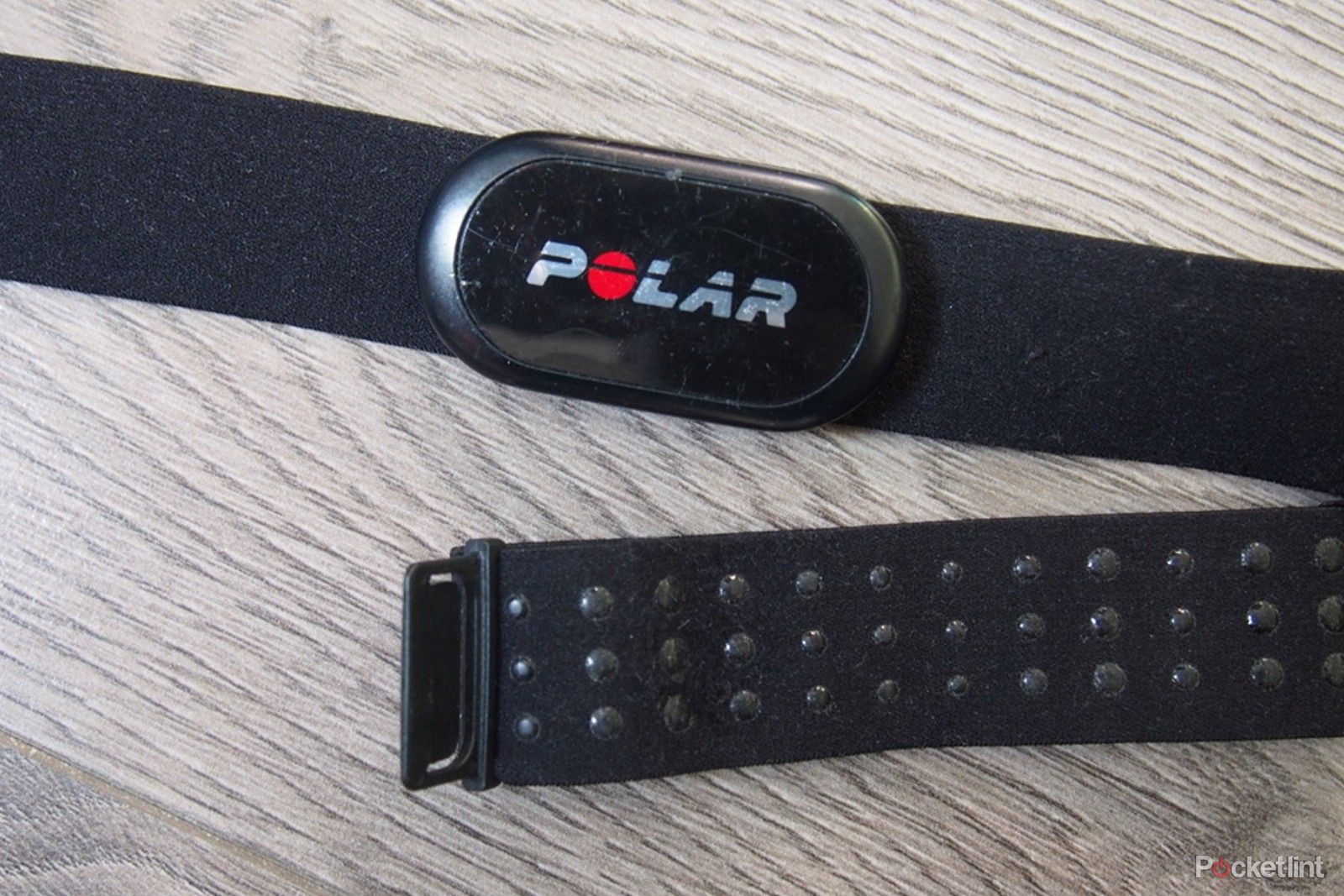
Best Heart Rate Monitors: Tested and Reviewed by Fitness Experts
From chest straps and armbands to the new Apple Watch Series 9, these are the best monitors for accurate heart rate statistics, according to our testing.
4 Accurate GPS in fitness tracker
Track distance, cadence and navigation
If you plan on running, hiking, or doing anything else outdoors, you’ll want a device with a GPS radio to get location data. Multi-band GPS is better for maximum accuracy, but isn’t strictly necessary as some accessory manufacturers use algorithms to work their magic. Many products further support positioning networks, such as Galileo and GLONASS – however, GPS is by far the most important, especially if you live in North America.
We emphasize accuracy because, at a minimum, poor tracking will result in the loss of your route, distance, and pace information. If you rely on your watch to navigate, you can get lost, which can be a real life-threatening situation if you’re hiking in the mountains or deep in the forest. In fact, if you’re worried about returning to civilization, you should probably bring a dedicated GPS handheld device and/or paper maps.
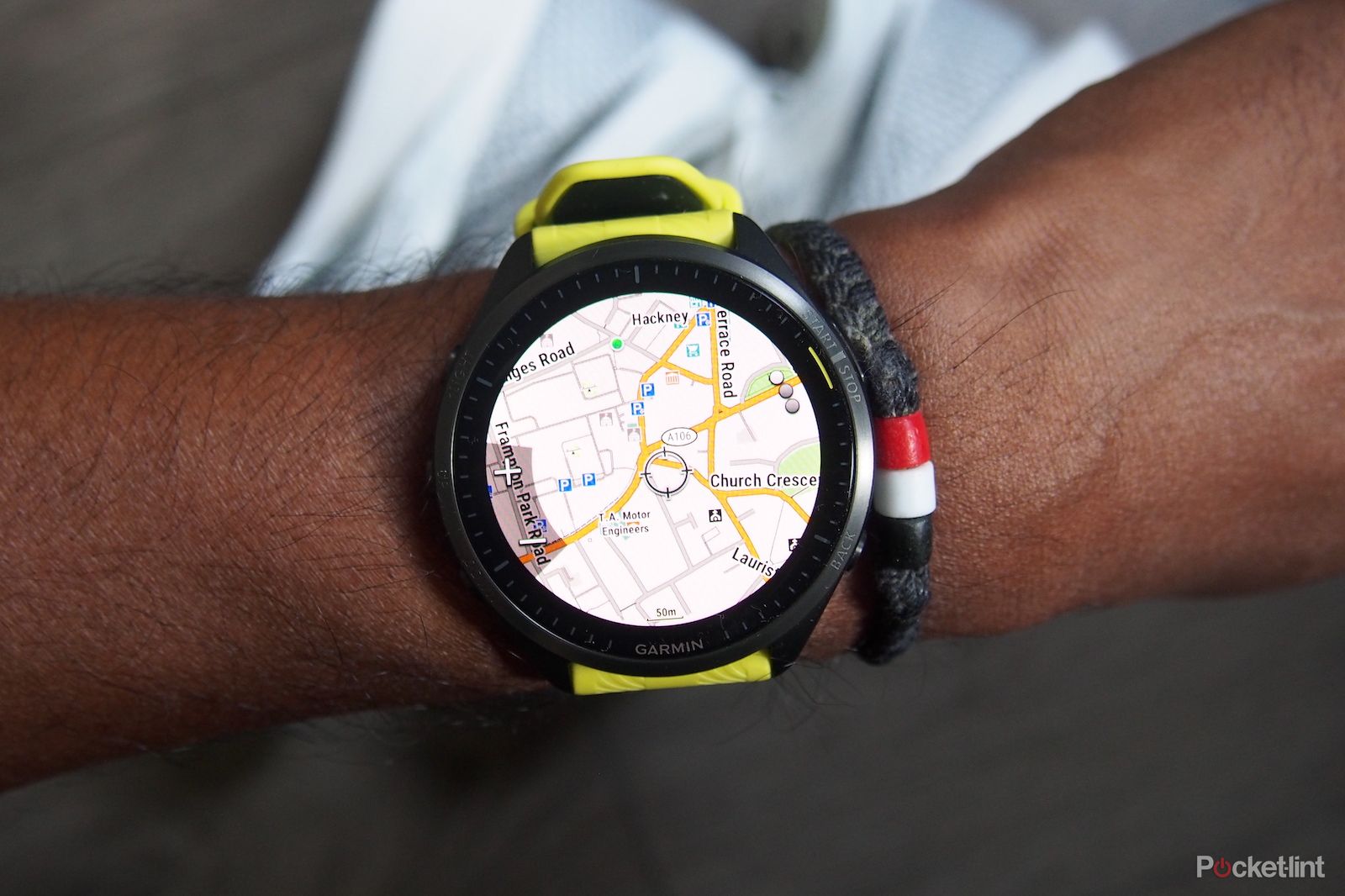
Best GPS Tracking Smartwatches: Navigation and Trail Data for Outdoor Enthusiasts
GPS is one of the most useful features on a smartwatch. If accurately tracking your every step is important to you, these are our top picks.
5 Blood oxygen (SpO2/Pulse Ox) fitness tracker sensing
Uncover significant health and fitness issues
This choice is likely to be controversial among my fellow tech journalists, as the average person can ignore blood oxygen data and be perfectly fine — Apple continues to sell a lot of it in the U.S. despite being forced to disable oxygen-sensing features in its home country Apple Watch. I added this feature because oxygen levels can be a great indicator of fitness and overall health if you pay attention. Blood oxygen should usually remain at 95% or higher, and if it’s often close to 100%, it means you’re in good health. If levels are regularly below 90%, you should probably see your doctor and reconsider any bad habits you may have, such as smoking. Low oxygen levels at night may be a sign of sleep apnea.
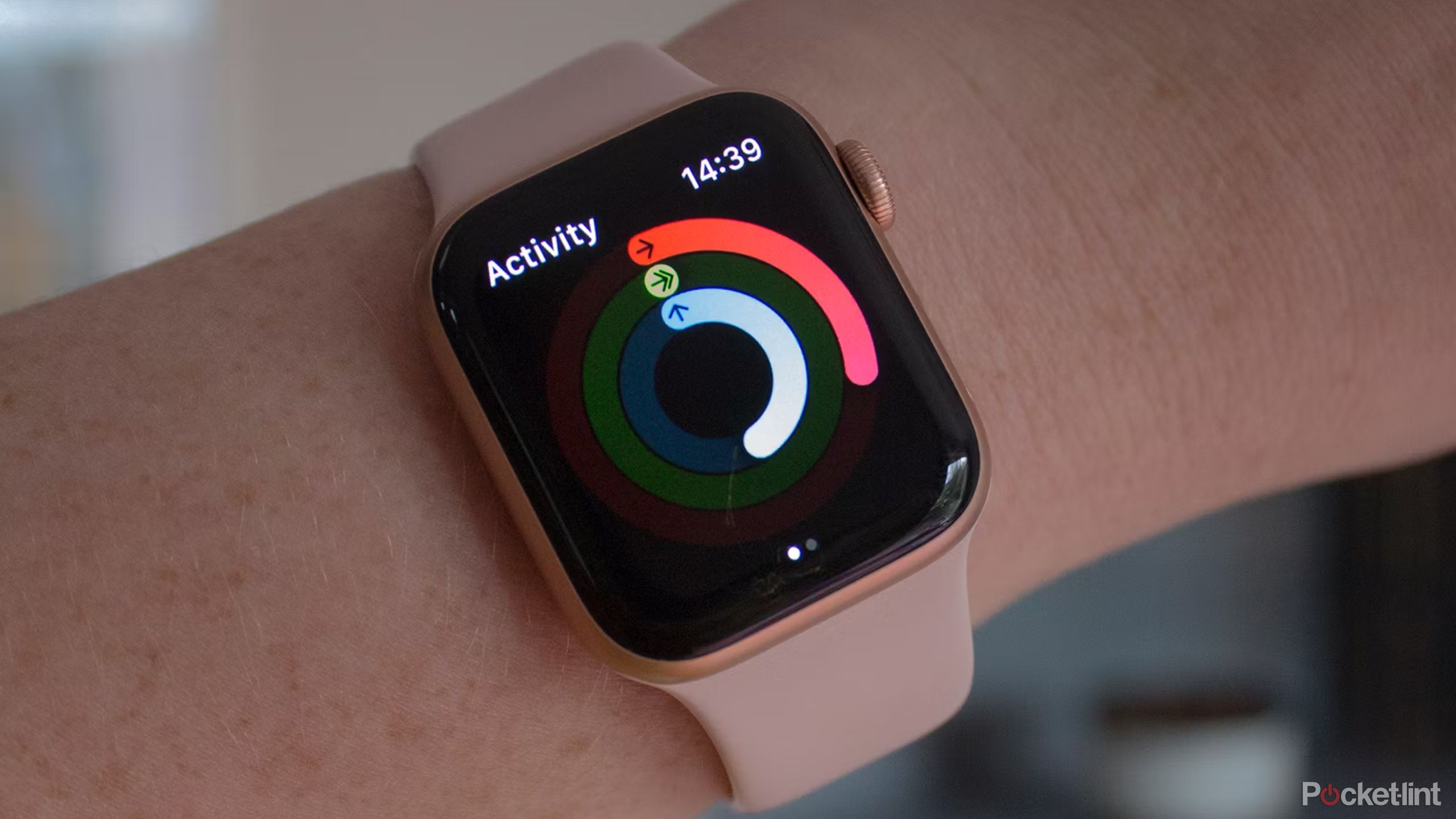
Apple Watch ban: Everything you need to know
What Apple’s ITC ban means for current Apple Watch owners, and how we got here.
6 Training preparation/recovery score
Know how hard you can push yourself
polarity
One thing you learn from long-term pursuits of fitness—I’ve been lifting weights for over a decade—is that the performance you can achieve on any given day depends on a combination of factors, including sleep, diet, mood, and how you Level of fatigue since your last workout. Companies are increasingly trying to quantify this, giving you an idea of whether you should strive to set a new personal record or give up for now. In some cases, you’ll even be given advice on how many hours you should wait before hitting the trails or the gym, although you should take this with a grain of salt.
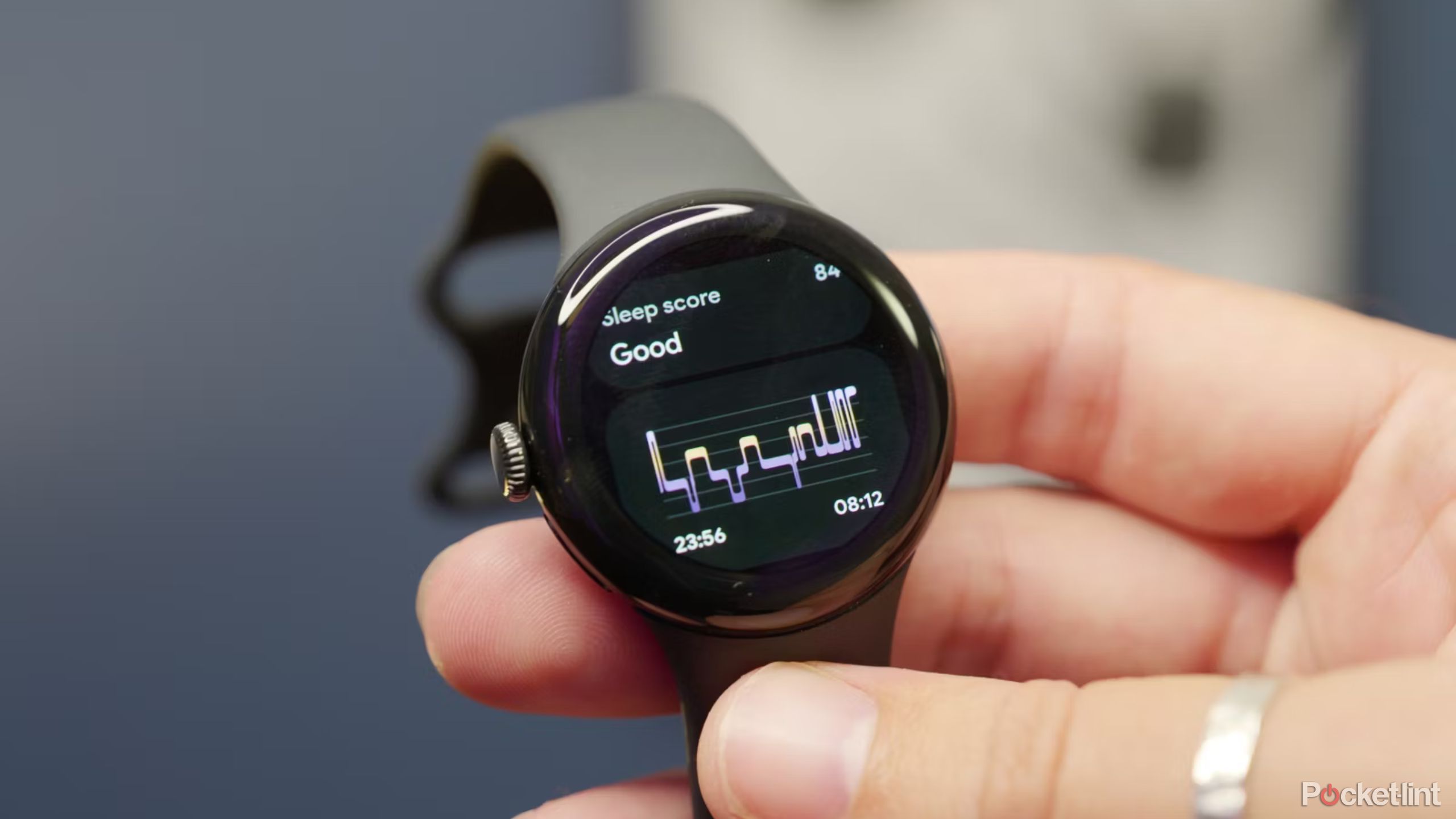
Best sleep trackers: Rest and recover with these wearables
According to our tests, these smartwatches can analyze your sleep quality so you can make habitual changes.
7 Fitness tracker has long battery life
It’s not just for convenience
My everyday (non-review) wearable is the Apple Watch Series 6, and my biggest complaint has always been battery life. A single charge lasted me from morning until bed, but on workout days I would sometimes find it was less than 10% charged, and that’s without using GPS. If you want to avoid charging twice a day, or take advantage of features like sleep tracking and silent wrist alarms, I highly recommend getting a watch with multi-day battery life. It’s practically mandatory if you enjoy long outdoor adventures or training for triathlons or ultramarathons.
Even if your fitness routine is less demanding, the long battery life is a godsend when traveling. This means no need to carry a separate watch charger on short trips, and no need to turn on low-power mode to get from point A to point B.
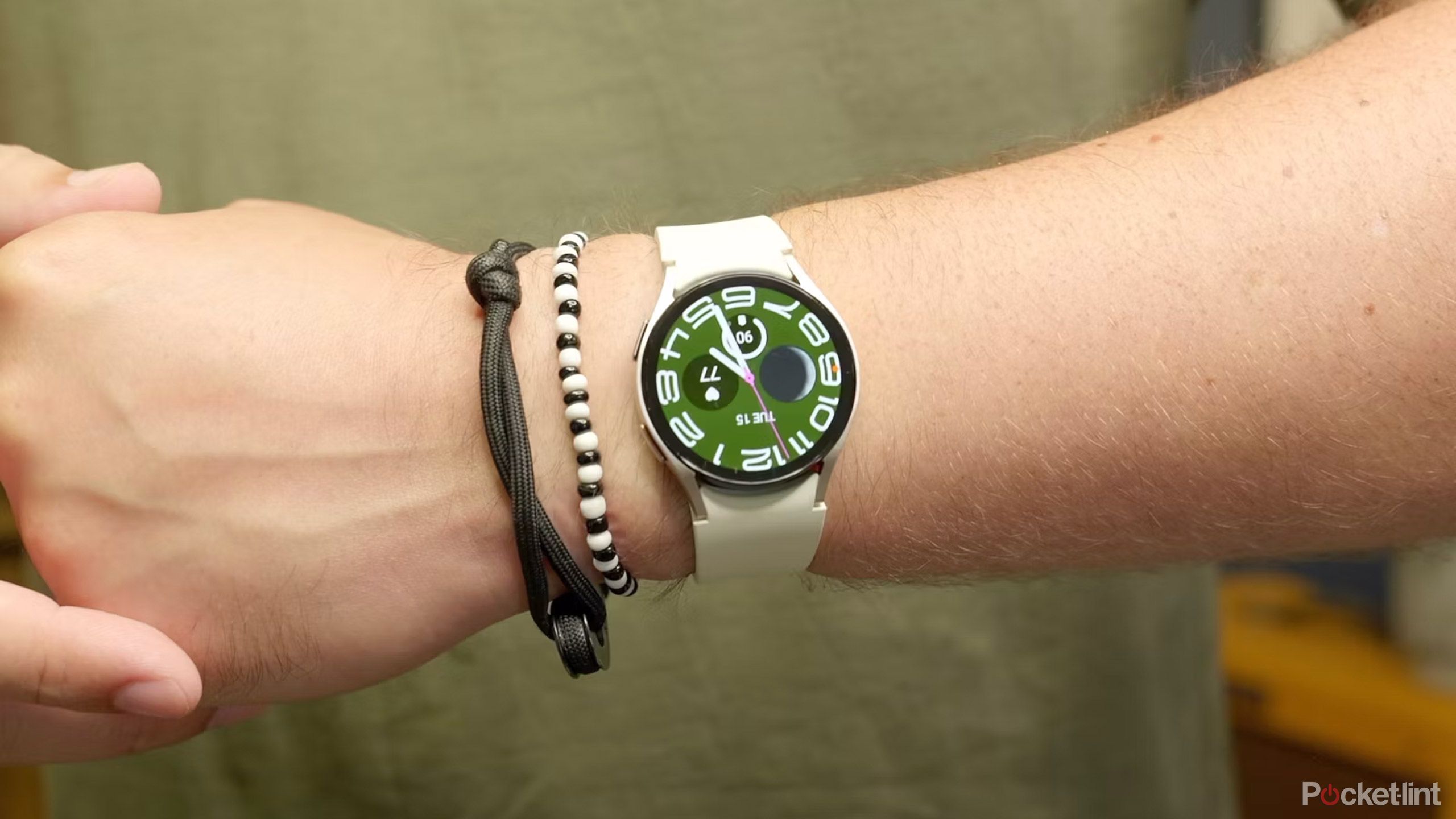
3 features I hope Samsung brings to the rumored Galaxy Watch FE
Samsung is reportedly developing its own Apple Watch SE solution to deliver the Galaxy Watch experience at a lower price.
FAQ
Q: How much should I spend on a fitness tracker?
The answer to this question depends on how serious you are about fitness and/or how demanding your activity is. If you just want basic tracking features that will encourage you to get off the couch, an inexpensive device like the $100 Fitbit Inspire 3 will do just fine. We don’t recommend going much lower than this, as you might be compromising in important areas like software and build quality.
If you’re committed to a tough goal, like running a marathon or deadlifting 400 pounds, be prepared to spend more on a device with superior accuracy and durability as well as features like GPS and recovery/prep scores. You don’t need to spend a lot of money, but $200-$300 is a good baseline. You could easily end up going higher, especially if you want something that doubles as a general-purpose smartwatch.
If fitness is a core part of your life, or you enjoy activities that might take a heavy toll on your electronics, you should spend at least $300, and if you want something with top-notch durability and battery life, you’ll probably end up spending $700 or more. You don’t necessarily have to spend $1,000 on something like the Garmin Enduro 2, but don’t skimp on it either—you might cringe at the thought of buying a $700 accessory, but it’s better than having to replace a $500 accessory that breaks .
Q: Does the fitness tracker require GPS?
We’d recommend this feature if you’re exercising outdoors, but not otherwise. If your activity only involves things like yoga, strength training, or indoor cycling and treadmilling, you won’t be able to glean any information from the location data. Keep in mind that the best trackers often include GPS.
